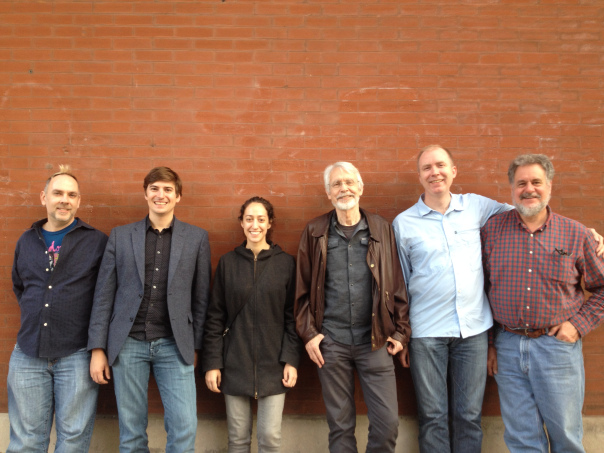Music for Viols, Then & Now
Tuesday, August 30, 7:30 P.M.
Works of Bach, Byrd, Purcell, Dowland, Jenkins and Harbison
Tickets: General Admission $32 / Student $12
Program
Fantasias in 4 parts (ca. 1679) Henry Purcell The Cross of Snow (2015) (Wisconsin premiere) John Harbison (texts by Henry Wadsworth Longfellow) Fantasias in 4 parts (ca. 1679) Purcell Five English Consort Songs (Giles, Cobbold, Strogers, Dowland, Purcell) Three Fantasias for Three Viols William Byrd Three Consort Songs for Three Viols Byrd Two Fantasias for Four Viols John Jenkins Two Cantata Chorales Johann Sebastian Bach The Cross of Snow (reprise) Harbison “Schmücke dich, o liebe Seele” Bach from Eighteen Chorale PreludesProgram Notes
HARBISON ‐ The Cross of Snow (2015)
The Token Creek Festival presents the second performance of John Harbison’s The Cross of Snow. Commissioned by William John Wartmann in memory of his late wife, and premiered in Chicago in May, this stunning work blends the ethereal lushness of violas da gamba with the haunting clarity of the countertenor voice to explore the emotions of grief, loss and love.
http://chicagoontheaisle.com/2016/05/24/review-of-john-harbisons-cross-of-snow-world-premiere-second-city-musick/
 The composer writes:
The composer writes:
The Cross of Snow, for counter-tenor (or contralto) and viol consort, was commissioned by William John Wartmann in memory of his wife, Joyce Frances Wartmann (1924-2003). The piece is scored for two treble viols, tenor viol, and bass viol (the latter not to be confused with the orchestral contrabass). An alternate adaptation voice and string quartet has also been prepared.
A fortunate opportunity to meet the commissioner at his country home near Edgerton, Wisconsin offered a chance to discuss his ideas about text and instrumentation, ideas embodied in the final shape of the piece. Every detail of the Wartmann estate suggested a distinctive artistic stance. I was able to see and admire Mr. Wartmann’s achievements as painter and sculptor, as well as the paintings by Joyce Wartmann, who was also an accomplished singer.
The project, with so many elements unfamiliar to me, felt like a fortunate place to find myself. Mr. Wartmann’s preference for nineteenth-century poetry initially led me toward Hardy, Dickinson, and Whitman, but re-imagining my discussion with him led me instead to Longfellow’s “Cross of Snow,” largeness of address combined with intimate personal feeling, which led naturally to other poems by the same poet, as well as the rather plain spoken chorale settings which begin and end the piece.
Texts by Henry Wadsworth Longfellow:
Suspiria
“Some day, Some day”